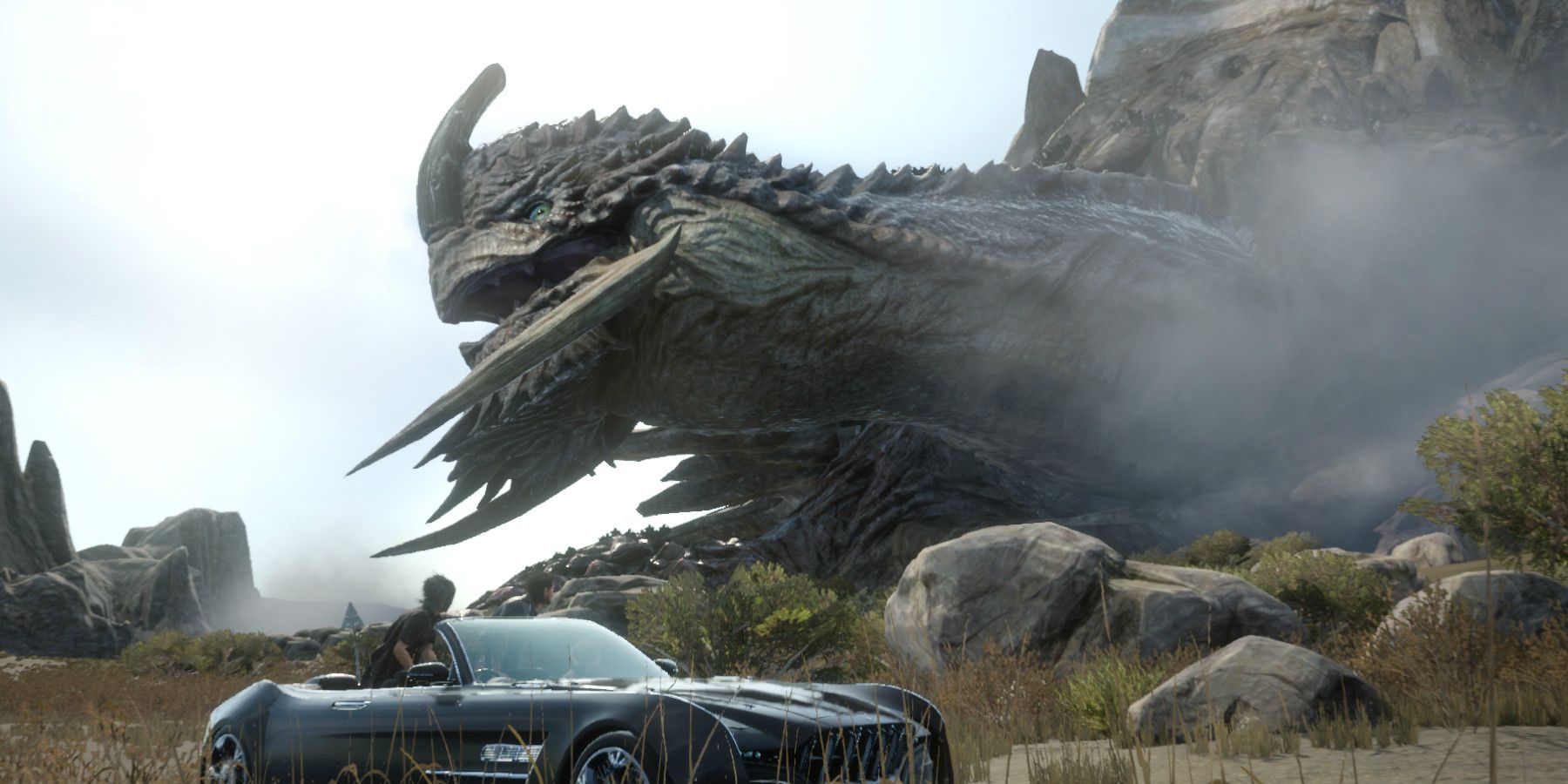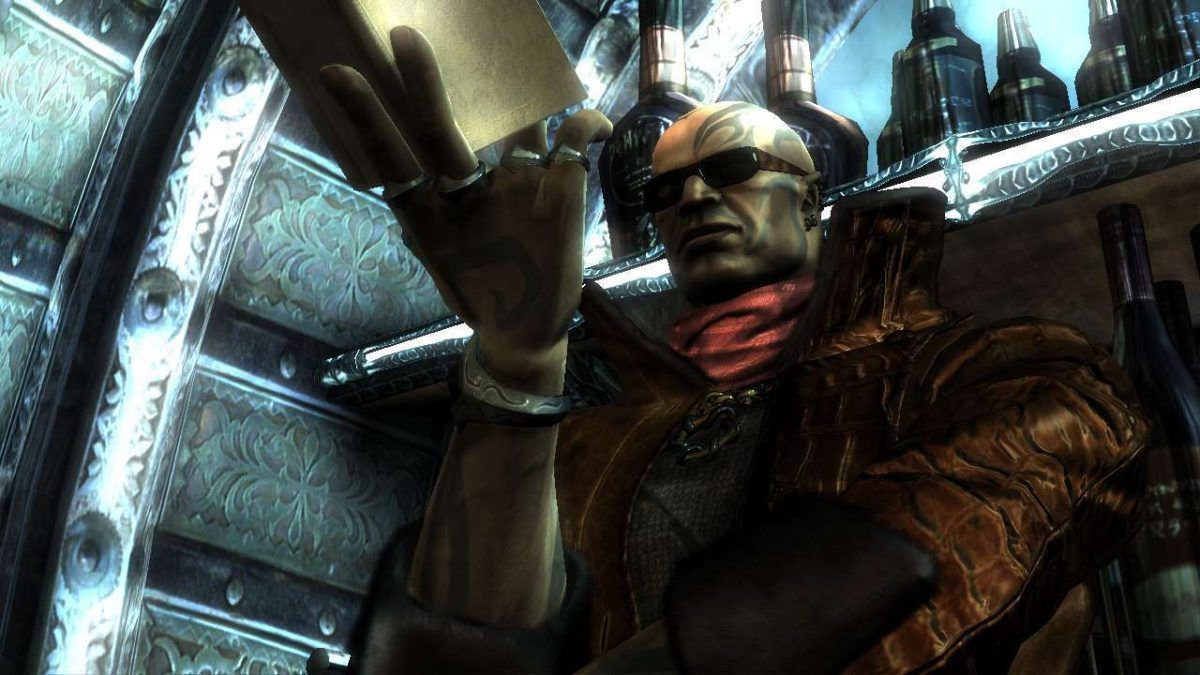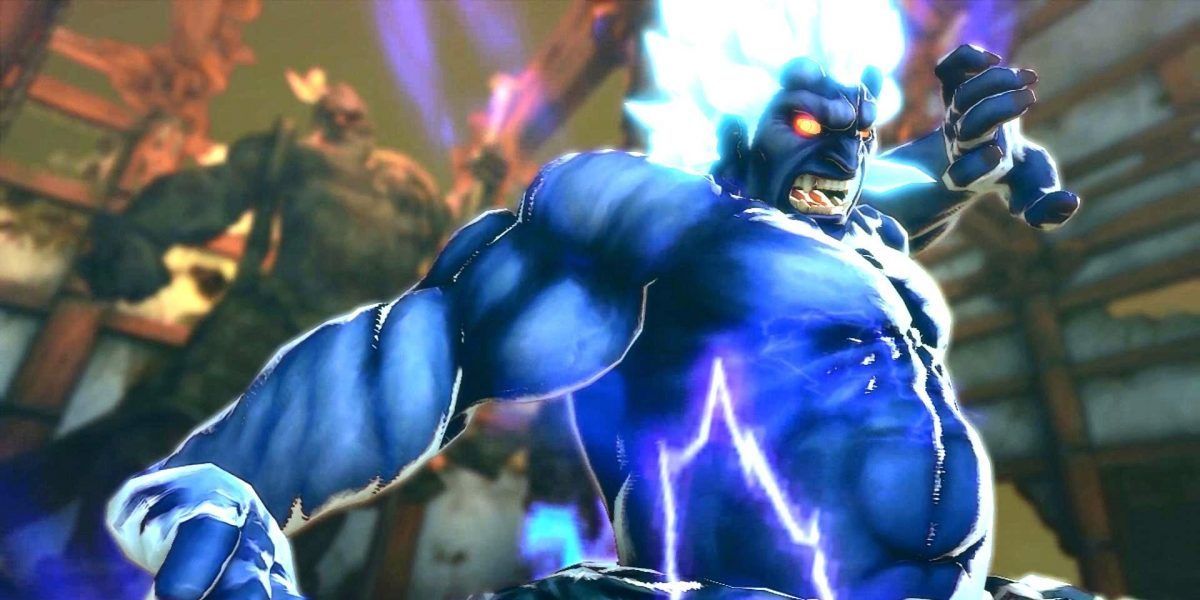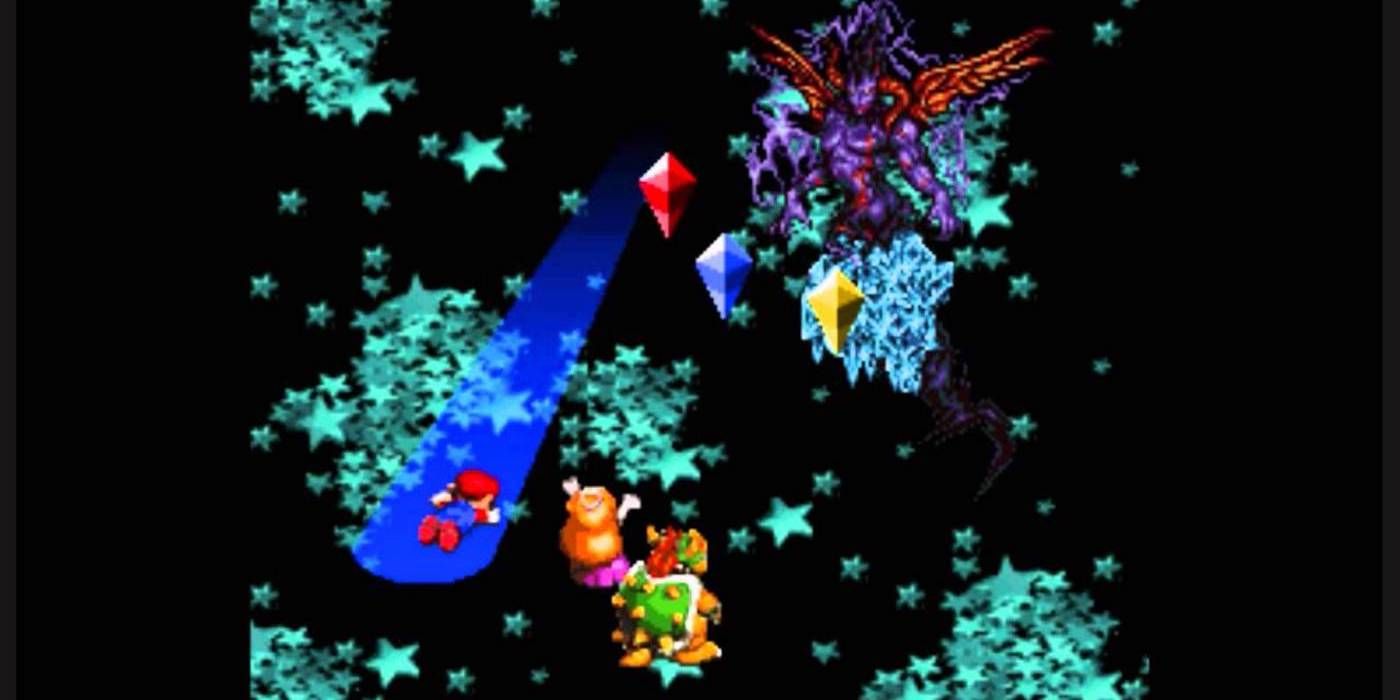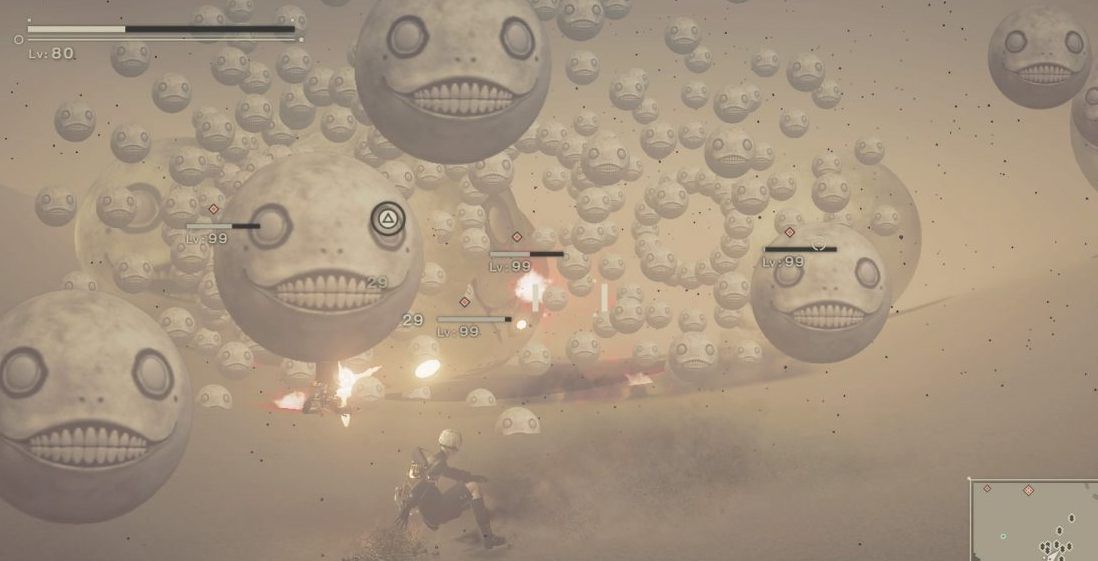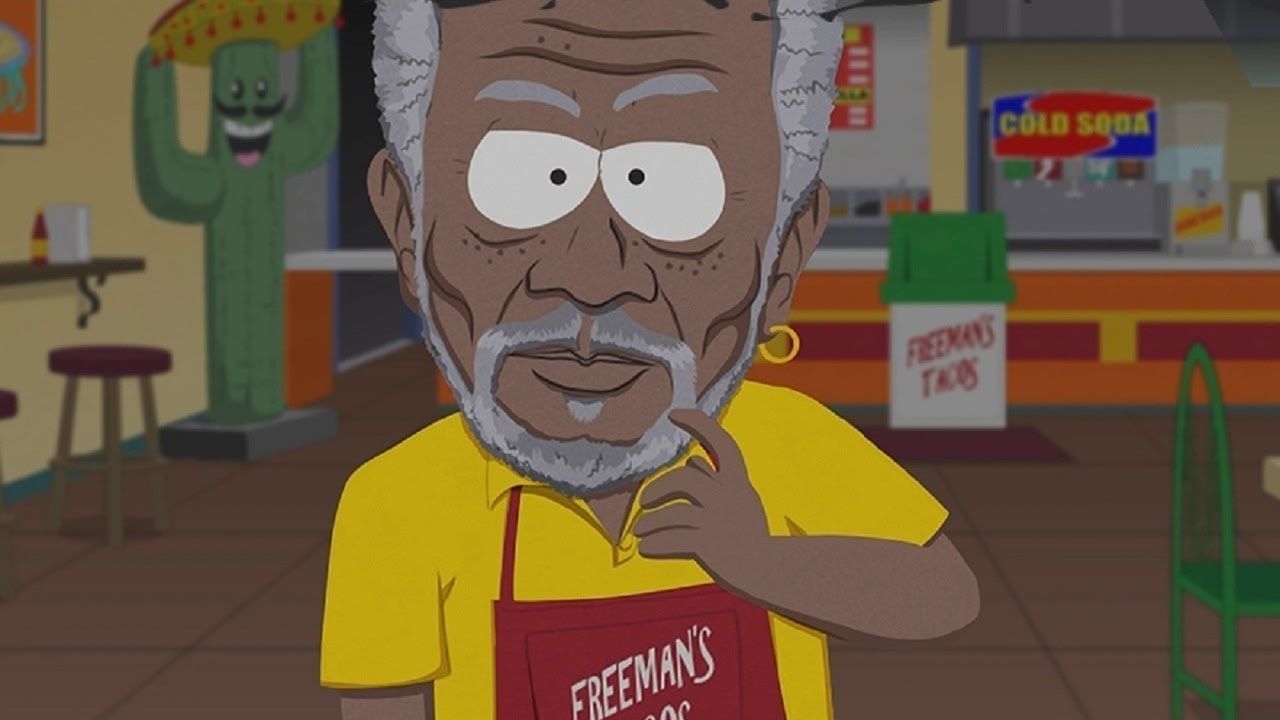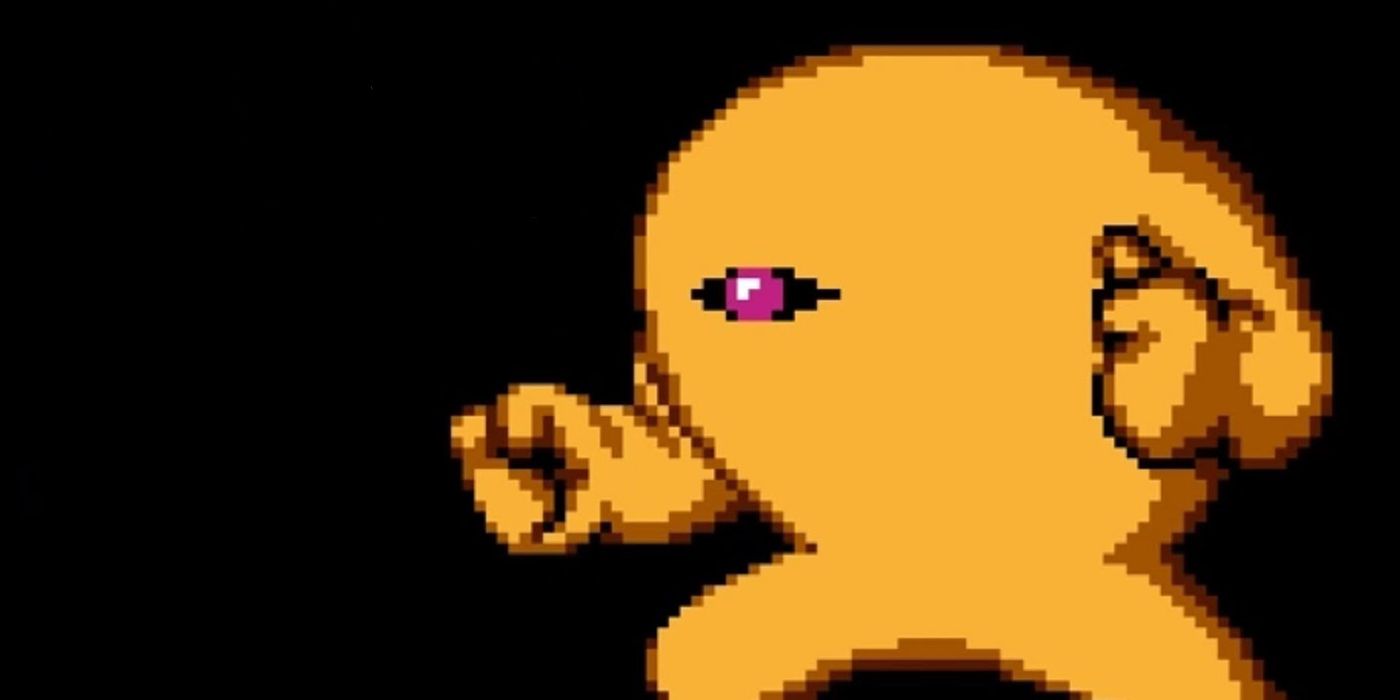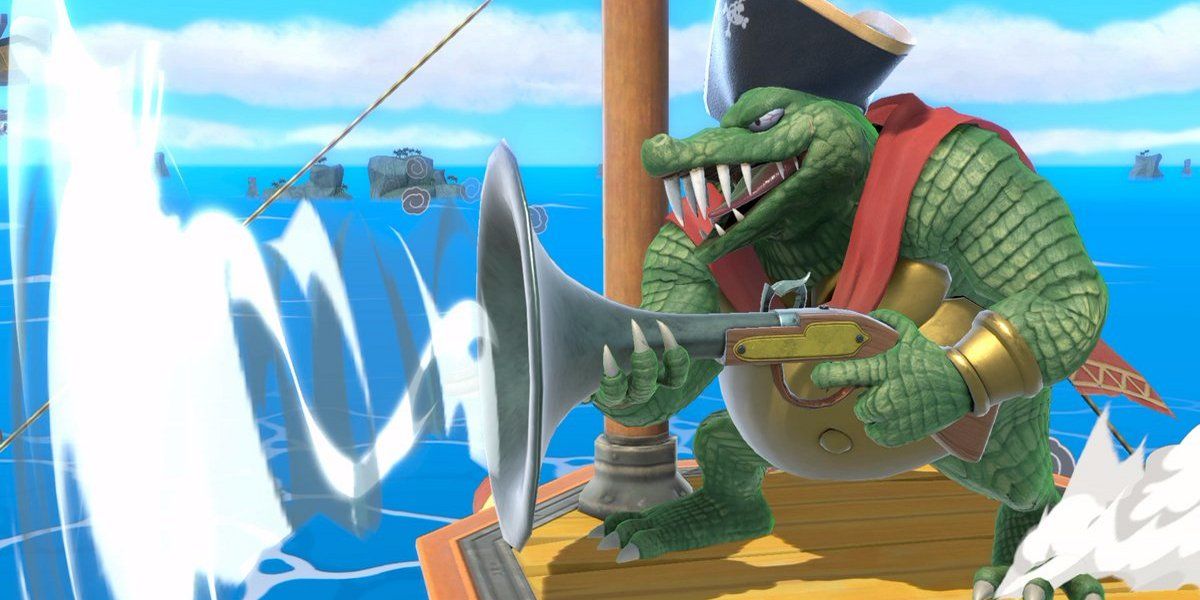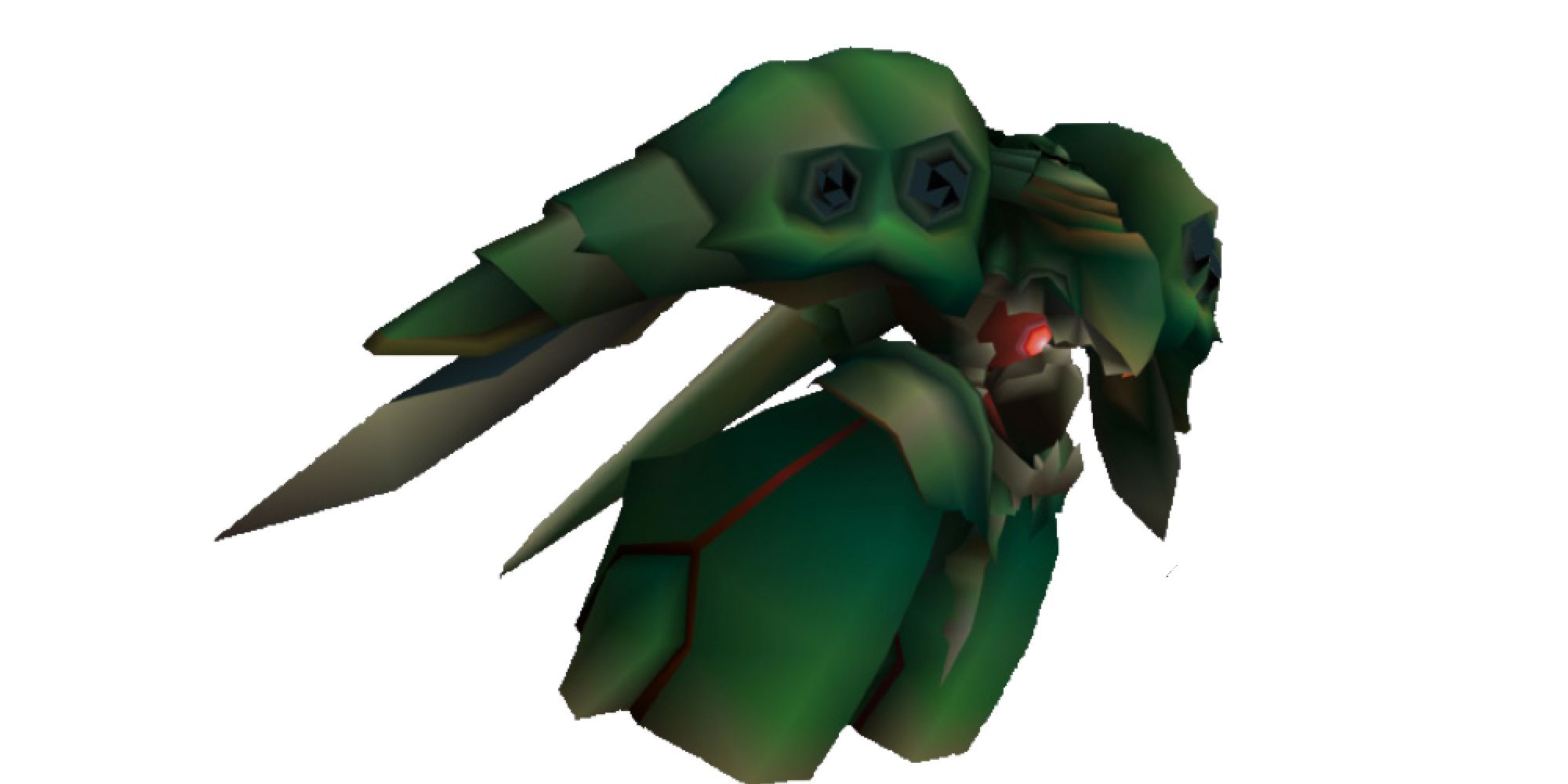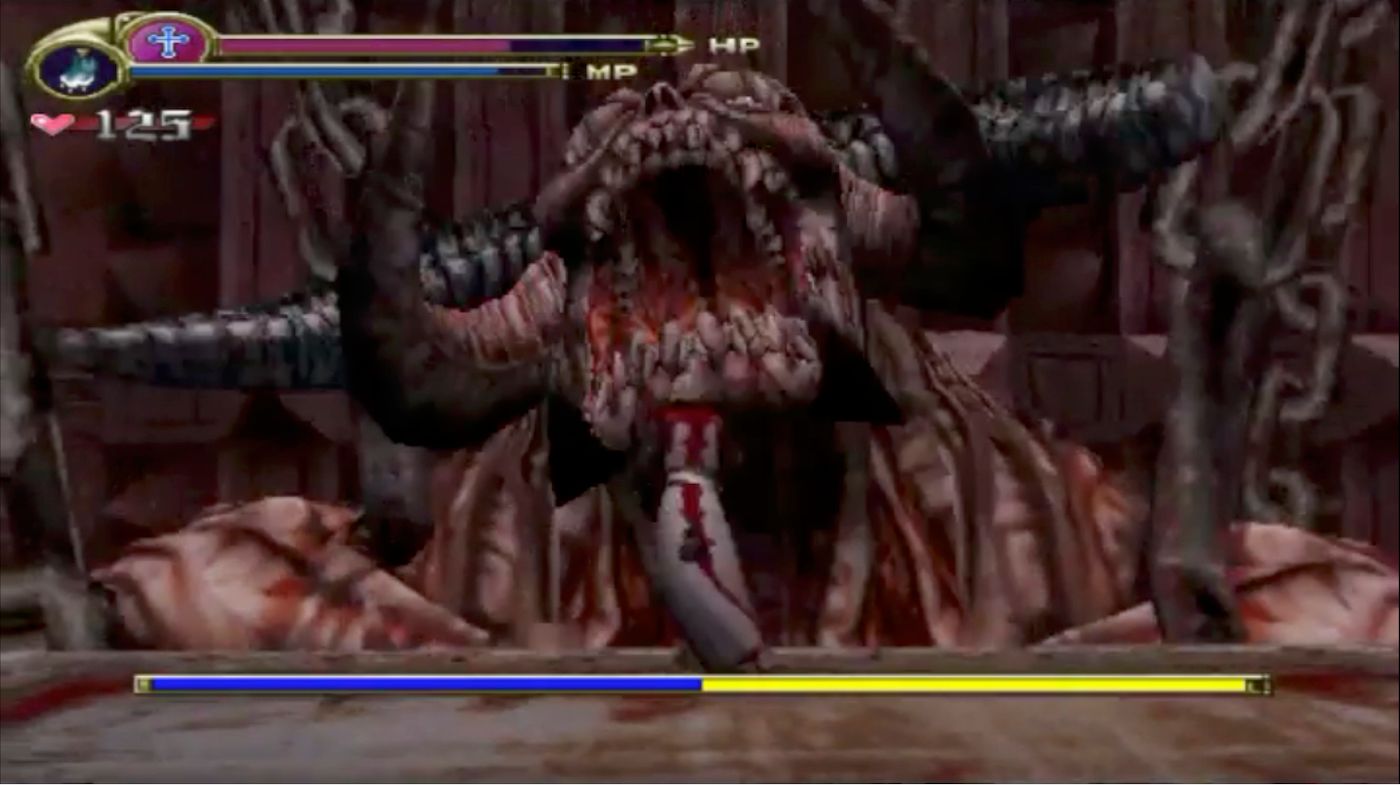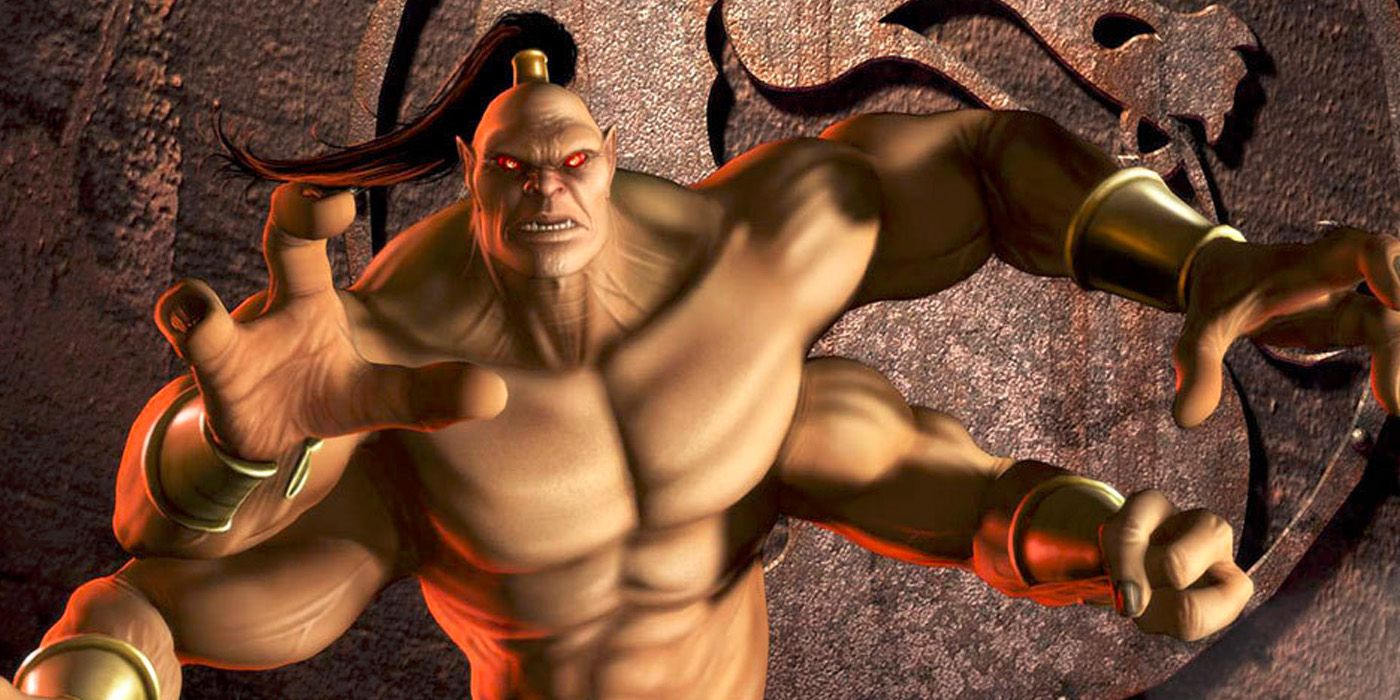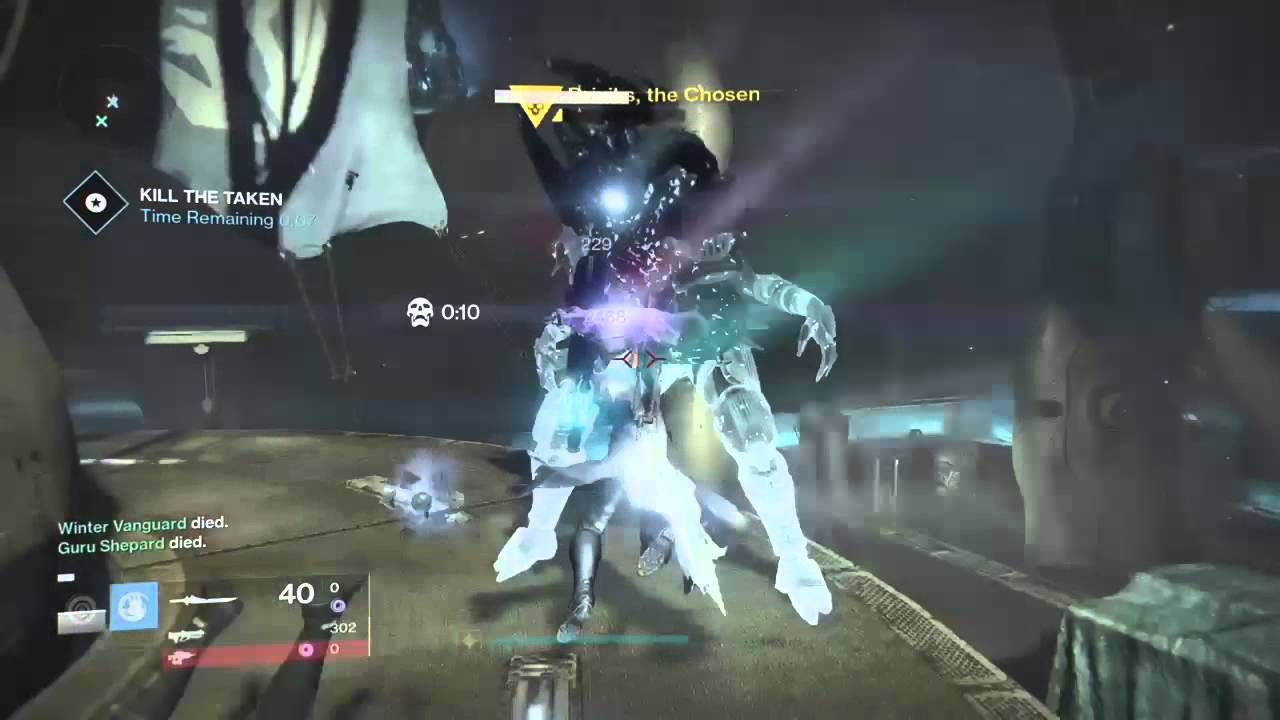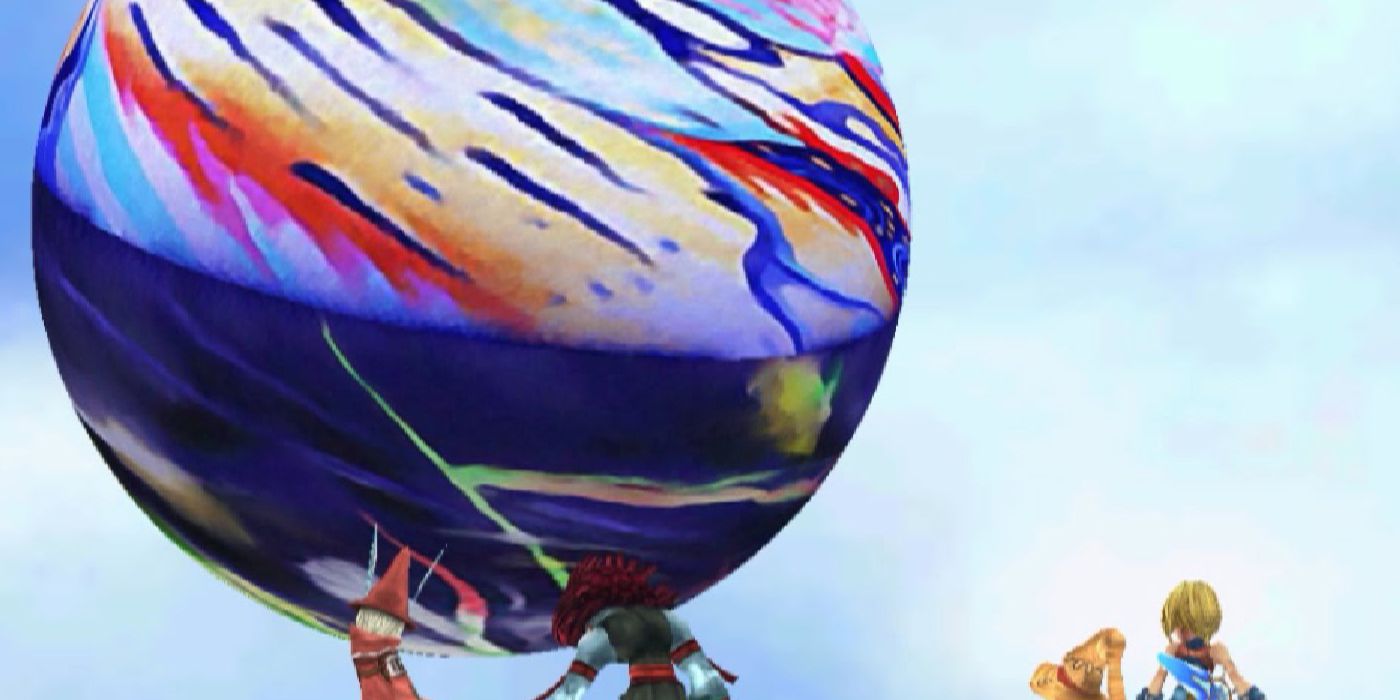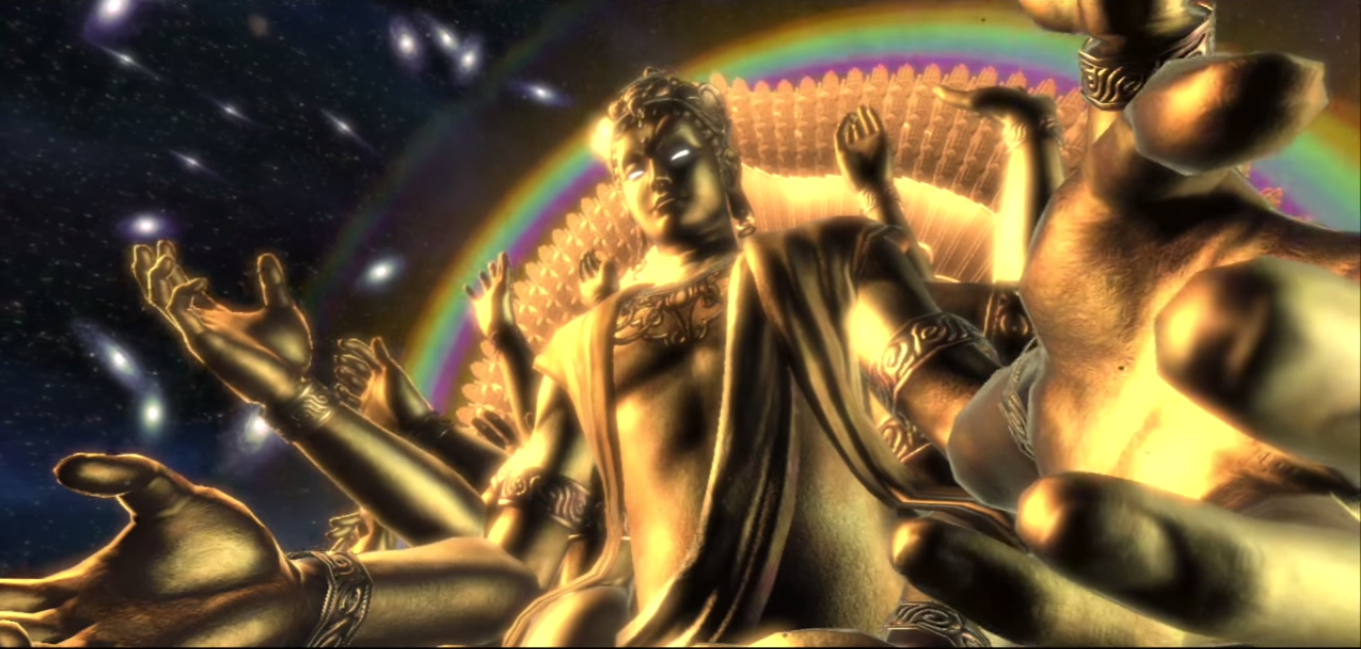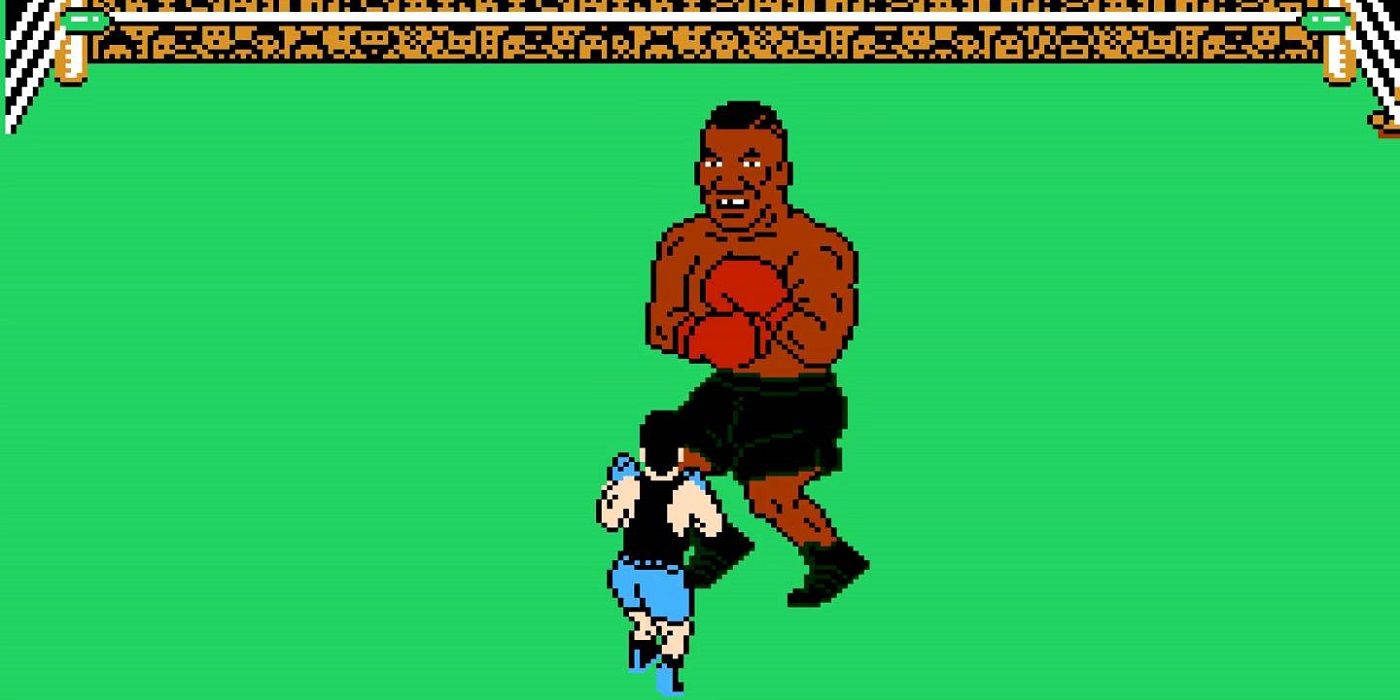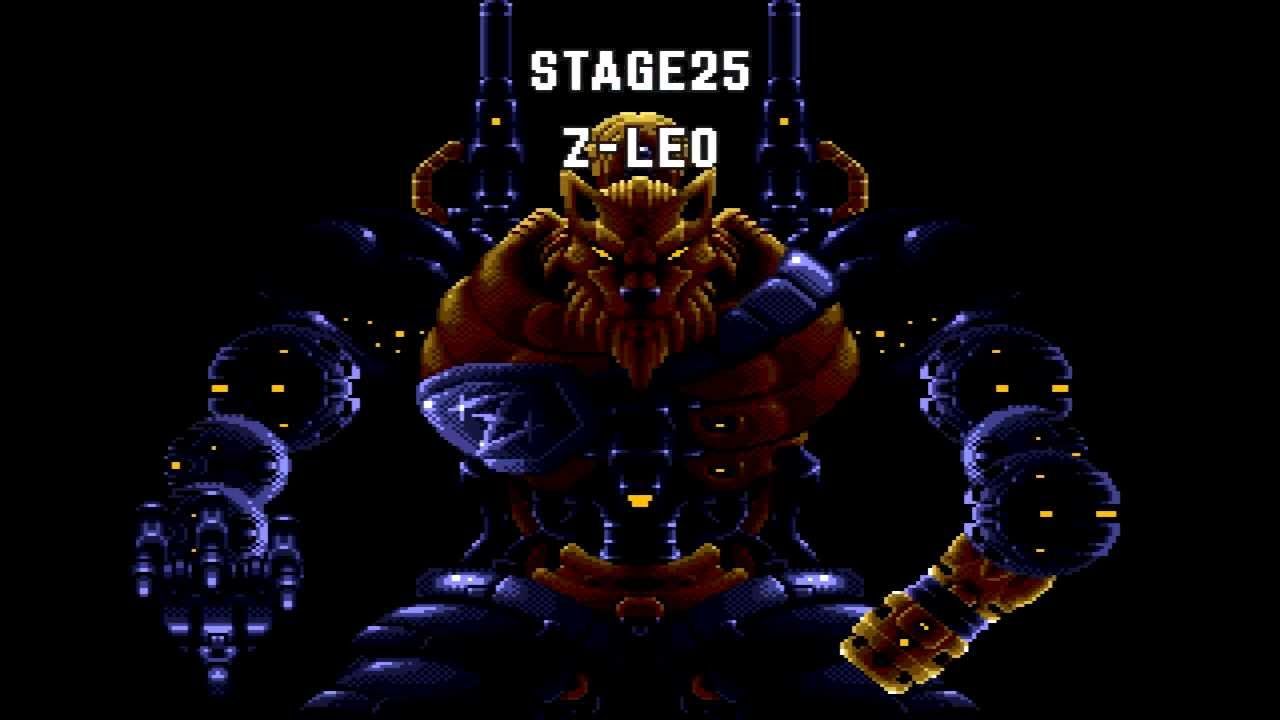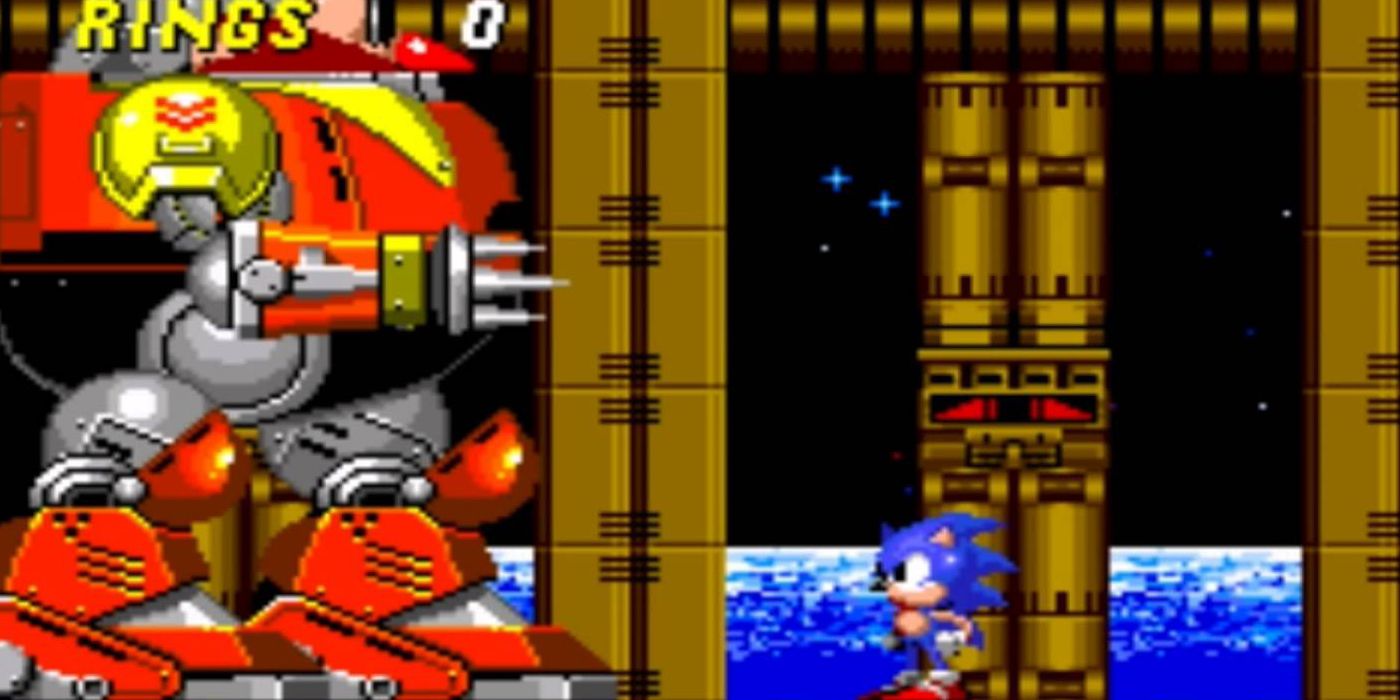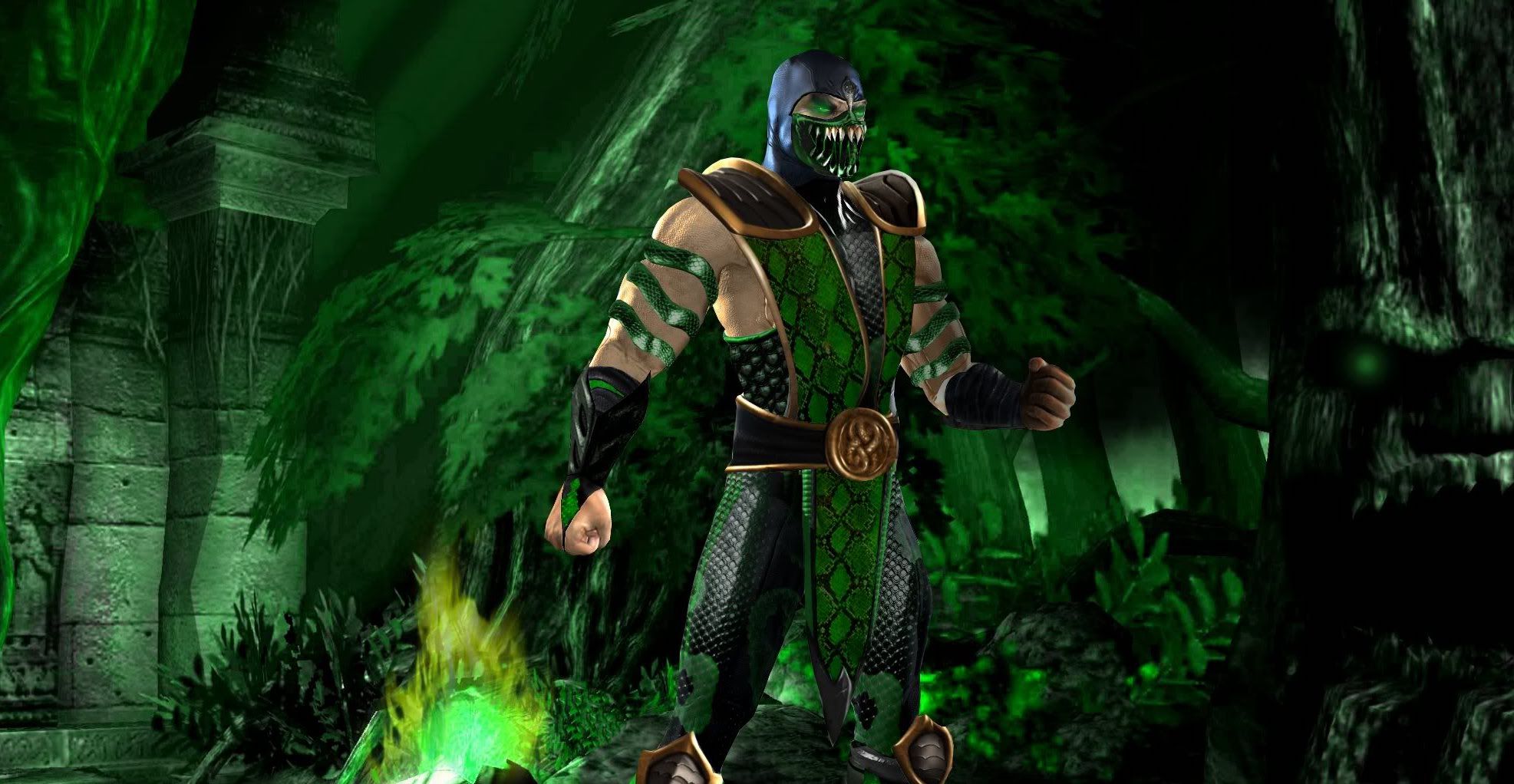Video games have had a long relationship with the often-gigantic enemies called bosses. Whether they are an imposing, titanic walking tank awaiting your measly fighter jet at the end of Raiden II’s first stage, or a more intimate affair like Cipher’s showdown with Pixy in Ace Combat Zero, boss battles have often defined some of the greatest water cooler moments in the entire medium.
Sometimes boss have even more power, though, and that’s exactly what we’re going to be talking about today in our list. Throughout the history of video games, there’s been a spectrum products ranging from total garbage to outstanding art, but sometimes, the difference can be as simple as the inclusion of an overpowered boss.
We’ll be looking at a collection of 20 games that span multiple generations and seeing how exactly one poorly executed, infernally difficult boss battle could mar an otherwise exceptional experience or, on the other hand, how a super-powerful but superbly crafted boss encounter could feasibly lift a game out of its own muck and make it something greater.
We’ll even be dealing with the rarest of all, which are boss battles that have an effect on a game in the real world, such as helping to make an otherwise mediocre experience into something that leaves an everlasting legacy through the ages.
This goes without saying, but there will be spoilers throughout most of this list, so be aware as you dive into the boss battles that saved and hurt their respective games.
Here are the 10 Overpowered Bosses That Hurt Their Games (And 10 That Saved Them).
Hurt: Father Rodin - Bayonetta
Bayonetta is Platinum Games’ golden child. The complex and bizarre witches versus angels storyline, alluring main character, and slick-as-butter action-packed gameplay has won over countless fans, and the series has enjoyed its status as both a cult-favorite and a bonafide hit.
Already difficult (like most Platinum games), the hidden boss fight that pits you against your ally, Rodin, takes things to a whole new level.
While this might satisfy the hardest core fans, the reason it ends up harming the game isn’t even the extreme difficulty of the fight, but the method needed to even access it in the first place. To fight “The Infinite One,” you’ll need to buy the Platinum Ticket for 10,000,000 Halos, which is a preposterous amount. This requires extensive grinding, which means that by the time you do it, you’re already burned out on the game.
Saved: Big Mouth - Metal Gear Survive
Metal Gear Survive was the incredibly controversial spin-off game to the popular Metal Gear Solid franchise, with most of the ire due to Konami’s treatment of series godfather Hideo Kojima and his shaky departure. Focusing more on open-world co-operative multiplayer with a heavy emphasis on survival, Metal Gear Survive was surprisingly embraced by the players who were willing to give it a fair shot, despite its major flaws.
Thankfully, there was one secret boss that effectively fixed the game’s issues by pushing players and their survival instincts to their very limits. This horrific beast, Big Mouth (with thankfully no relation to the Netflix series), is the ultimate test for players who believe themselves to be the ultimate survivors.
Hurt: Oni - Super Street Fighter IV
When Street Fighter IV released, it almost seemed to single-handedly revive the fighting game genre overnight. It had a gorgeous art style, tight gameplay, and was widely loved by both critics and consumers for taking the genre back to its roots while simultaneously evolving it.
Sadly, its pseudo-expansion, Super Street Fighter IV, took things a little too far back to the roots with the inclusion of the super-secret and frustratingly impossible Oni boss battle. Getting to this demon is difficult enough, as it requires no losses, two perfect victories, five Super or Ultra finished, ten first attacks, and defeating Seth with a Super or Ultra. Oni is the “reward” for your perseverance, but his overwhelming power is a blemish on an otherwise excellent product.
Saved: Galamoth - Castlevania: Symphony Of The Night
Castlevania: Symphony of the Night is one of the greatest games of all time, bar none. Deftly combining the atmosphere of Castlevania, the exploration-based gameplay of Super Metroid, and the trappings of role-playing games, SOTN is a wonderful experience that has captivated fans for over a decade. The only issue with the game is that it’s extremely easy, which is a stark contrast to the members of Castlevania’s proud lineage. Enter Galamoth.
Hidden within the castle, Galamoth is the most blazingly difficult beast that players can go up against.
For players enjoying the game but feeling disappointed due to its rather easy-going difficulty curve, Galamoth is the perfect cure, thrusting SOTN into the same ranks as Rondo of Blood or the original NES trilogy, even if only for a moment.
Hurt: Culex - Super Mario RPG
Culex is an unusual boss battle, but it’s far from terrible or harmful in terms of the actual battle and tactics involved. No, Culex hurts the game it resides in not because it’s unfair or cruel, but rather because it tonally decimates everything around it. You see, Culex, the titanic, matter-and-anti-matter, time-consuming behemoth of apocalyptic destruction is sitting menacingly in the world of Super Mario RPG: Legend of the Seven Stars.
This is a game populated by goofy antics, hilarious writing, and cartoony adventures of Mario, Bowser, Peach and co. while they stomp on Goombas and other cutesy elements. Culex is a great boss, but its presence is far too much of an anachronism, muddying the game’s overall tone in the long run.
Saved: Emil - NieR: Automata
NieR: Automata has been a surprising success across the board despite the fact that it is a successor to the original NieR, which is what could best be described as a sleeper hit. Critics, casual players, and fans of the original have all latched onto Automata’s addicting gameplay loop and strange world, but some were disappointed by the seemingly few connections to the cherished original.
However, for those looking to engage in the series’ most excruciatingly brutal (both physically and emotionally) boss fight, Emil comes to the rescue. Creating the strongest link between the two games, Emil is able to simultaneously satisfy players of the original and those seeking an incredibly difficult battle. Again, Automata didn’t seem to need saving, but Emil‘s presence elevates it even further.
Hurt: Adamantoise - Final Fantasy XV
In the years upon years that Final Fantasy XV (previously known as Versus XIII) was eagerly awaited by rabid fans, the levels of hyper went from non-existent to almost tangentially explosive as the release finally neared.
Something that set the loyal Final Fantasy crowds ablaze was the promise of a “72 hour” boss fight.
Well, the finished game did have this fight, and it was 72 (in-game) hours, and its scale was as gigantic as one would hope, but in the end, this battle seemed like the perfect example of a game that was in development hell for years due to gratuitous additions and feature creep. The battle is fun, for sure, but in the end, it bears little real impact on the core of the game.
Saved: Morgan Freeman - South Park: TFBW
South Park: The Fractured But Whole is not a disliked game by any means. It had a strong reception critically and has been thoroughly enjoyed by a multitude of players. Overall, the game didn’t need necessarily need “saving,” but it felt far less loved than South Park’s previous effort, The Stick of Truth. That is, until players battled against the voice of god himself, Morgan Freeman.
This lone encounter immediately thrust The Fractured But Whole into legendary status. Morgan Freeman is the most difficult boss in the entire game, and although you can fight him at any time, you won’t stand a chance unless you’ve grinded your way to the end of the game and are overly prepared.
Hurt: Yellow Devil - Mega Man
The Yellow Devil is one of Mega Man’s most iconic adversaries. First appearing in the debut entry of the franchise, this scary creature is a slickly designed, segmented mass of yellow goo and a single menacing eye. His battle requires patience, pattern recognition, skill, and a mastery of reaction speed, or there is almost no chance of victory (unless you cheat.)
Despite his iconic status, the Yellow Devil is the embodiment of “Nintendo hard” and makes an already difficult game even worse. Fully embracing brutality and cruelty instead of reasonable challenge, the Yellow Devil easily earns its demonic moniker, and has made multiple appearances through the years, conjuring feelings of dread for those familiar with his evil.
Saved: K. Rool - Donkey Kong 64
Donkey Kong 64 has a bit of a bad rap (that was an initially unintentional pun, but now it’s definitely staying in.) While it was created by the superb Rare, who blessed N64 players with the Banjo series and others, Donkey Kong 64 took their patented 3D-platformer-collect-a-thon gameplay to a level that was almost absurd, burning out a lot of fans.
Getting to the end of the game was worth all the trouble, though, because the final battle with King K. Rool is one of the greatest boss battles in the history of video games.
Framed as a boxing match, each Kong faces off against K. Rool one-on-one using all of their unique techniques in a completely satisfying (and often hilarious) championship match, making you forgive most - if not all - of the game’s flaws.
Hurt: Emerald Weapon - Final Fantasy VII
Final Fantasy VII is the premier RPG for countless fans of the genre. Finding explosive success on Sony’s first PlayStation, the seventh entry of the long-running series was able to capture an entirely new crowd of fans. It’s story is well-remembered and beloved, as are its characters, particularly the villainous Sephiroth.
The game is, for all intents and purposes, a masterpiece. It’s just unfortunate that something like the Emerald Weapon ruins that reputation. A hidden boss that is so unfairly arduous that countless controllers have been torn asunder, the Emerald Weapon jumps right into the “arbitrarily unfair” side of the difficulty pool. What could have been a great challenge that relied on strong strategy turns into an exercise in back-breaking rage.
Saved: The Forgotten One - Castlevania: Lament Of Innocence
Castlevania: Lament of Innocence was the third attempt at getting Castlevania into the realm of 3D after the Nintendo 64 games were poorly received. While the series wouldn’t find true success in the third dimension until Lords of Shadow, Lament of Innocence is still fondly remembered by longtime fans. Unfortunately, the game has aged rather poorly, and even at the time, it was repetitive and barebones. Worst of all are the simplistic boss battles.
In a game that is already so easy that you might find yourself starting to doze off, the bosses offer little real challenge and are rudimentary affairs. If you discovered the hidden (and extremely difficult) Forgotten One, though, you’ll need every bit of strategy and skill to survive this lengthy, multi-layered and disgusting battle. It’s this battle alone that makes the game worth playing even today.
Hurt: Goro - Mortal Kombat
We’ve already mentioned Super Street Fighter IV’s Oni on this list, along with the fighting genre’s penchant for ridiculous boss characters, and Mortal Kombat’s Goro is no exception. Real talk: the original Mortal Kombat games really aren’t that great - they weren't even that great when they were released. They’re legendary for their gratuitous violence, and their gratuitous violence only, as the actual fighting mechanics left much to be desired.
With the series already on thin ice mechanically, Goro smashes what little enjoyment is left.
The stiff, unresponsive controls don’t lend themselves to fighting this four-armed boss, who is both amazingly nimble and hard-hitting, and he’s no doubt responsible for an unfathomable amount of quarters being pumped into the MK arcade machine due to sheer frustration.
Saved: Driviks, The Chosen - Destiny: The Taken King
Destiny has had a very bumpy ride since its release. Created by Bungie, the gang that brought the original Halo series to fruition, it was saddled with lofty goals and expectations, not many of which were actually fulfilled. Thankfully, Destiny: The Taken King managed to fill in some of these egregious pot holes and had a much more positive reception because of it.
To make matters even better, the hidden boss known as Driviks gave the game an even brighter sheen. With only ten minutes to battle the boss after locating him by wandering off the beaten path, Driviks will test the mettle of all players who hope to acquire the Black Spindle sniper rifle upon his defeat.
Hurt: Ozma - Final Fantasy IX
While Final Fantasy VII might be the most well-known of the legendary Final Fantasy franchise, it’s far from the most mechanically sound, and certainly isn’t the best. Depending on who you ask, that honor might fall onto the shoulders of Final Fantasy IX. Focusing greatly on nostalgia for the old days, the game is charming and the gameplay itself is mesmerizing.
Then comes Ozma to ruin everything. Not unlike the Emerald Weapon, Ozma is another Superboss in a series full of them. The difference is that Ozma is somehow far worse and, because Final Fantasy IX is otherwise perfect, its impact is far greater. You’ll need to farm obnoxious items to even fight the thing, and when you do, you’ll instantly regret it, as it mars your entire experience.
Saved: Chakravartin - Asura's Wrath
Asura’s Wrath is a peculiar fan-favorite. A mix between interactive movie and old-school brawler, the game’s incredible storytelling and elaborate set pieces left the jaws of those who played it on the floor. There was only one problem: the game’s ending felt unfinished. The answer to this disappointing exclusion was an entire chunk of the game being relegated to DLC.
However, for those who took the plunge, they were rewarded with an epic conclusion and an elaborate boss battle with a supreme deity that they’ll never forget.
Chakravartin, in all of his stunning forms, is difficult to predict and damage. Whether you’re a cosmic giant battling this god through various galaxies, or in the stark center of oblivion itself, this entire showdown is worth the price of admission for not just its spectacle, but also for the closure it brings.
Hurt: Mike Tyson - Punch-Out!!
Punch-Out!! is a favorite series among the Nintendo faithful. Set up like a boxing game, players soon discover that the experience is more akin to a gauntlet of bosses who act more like puzzles than actual fighters. Learning patterns, finding unique “tells,” and then delivering jabs and uppercuts is the name of the game, and when you finally figure out the best way to topple the opponent that’s been beating you senseless for multiple rounds, the feeling is that of pure elation.
Unfortunately, this all ends when you reach the final boss, Mike Tyson. Another example of “Nintendo hard” (but taken to the next level), Tyson is incredibly difficult to predict, let alone strike. While the rest of the game’s challenge is reasonable and satisfying, Tyson’s immense might ruins the fun.
Saved: Every Boss - Alien Soldier
Alien Soldier is an incredibly weird Sega Genesis game. Developed by Treasure, which is best known for Gunstar Heroes (another Genesis classic) or the bizarre N64 title Mischief Makers (which features a lot of shaking), Alien Soldier follows in the tradition of crazy boss battles and hyper-intense gameplay. The problem is that it’s mediocre and undercooked when compared to its peers.
The stages feature pathetic enemies and obnoxious hazards, leading to a strange mix of boredom and frustration, but everything changes when you reach a boss. In fact, every single boss in this game is an elaborate, incredible, intense, and mind-boggling experience, and they easily save the game from the traditional, painfully mediocre stages. It’s true that the game was intended to just be a boss gauntlet, and we wish that Treasure had just cut out the stages entirely.
Hurt: Death Egg Robot - Sonic The Hedgehog 2
Classic Sonic games are practically the pinnacle of moment-to-moment 2D platformer gameplay, leaving even the likes of Super Mario World in the dust. Sonic 2 is speedy with elaborately designed worlds that are uniquely themed, has exceptional physics and controls, an enjoyable difficultly curve, and incredible music. The game is practically perfect, but the final boss poisons the pot.
The Death Egg Robot is Dr. Robotnik’s ultimate weapon, and provides a frustrating final battle.
With no rings available, players are expected to fight off Mecha Sonic and then the Death Egg Robot without getting hit once, and the Robot’s pattern makes this a tooth-pulling experience. Imagine getting through the lengthy and incredibly fun game and then failing repeatedly during its final minutes, only to have to start from the very beginning. It’s not fun, and it never was.
Saved: Reptile - Mortal Kombat
Earlier in this list, we mentioned that the classic Mortal Kombat games aren’t all that special in terms of actual fighting mechanics and gameplay. They’re stiff, and with brutal bosses like Goro, they’re frustrating. So how does another overpowered boss save the series instead of hurting it more? Simply put: Reptile is one of the major reasons that Mortal Kombat is as popular as it is today.
It wasn’t the actual fight with this character that saved the series - instead, it was layer of mystery around him and how he captured the imagination of a generation. Endless rumors and secrets were fueled by the seemingly intangible ninja, and this captivation had kids across the country talking about MK. This kind of publicity can’t be beat, and it’s all thanks to a pallete-swapped ninja and Santa Claus… and yeah, some gore.
---
Are there any other overpowered bosses that hurt or saved their games? Sound off in the comments!

